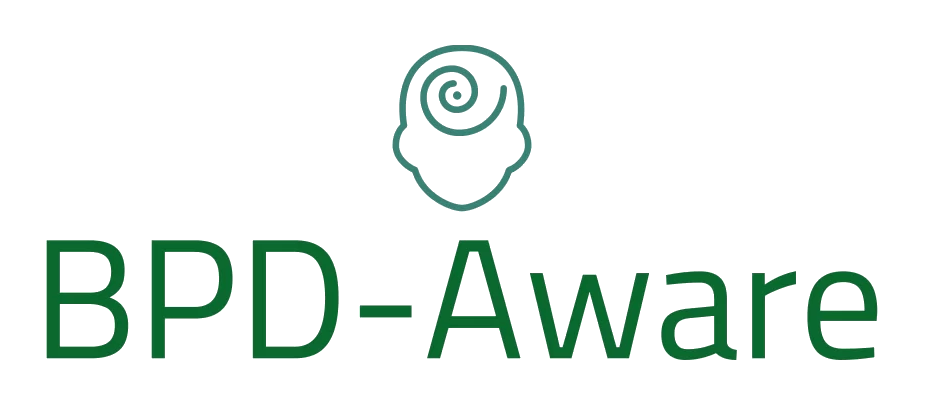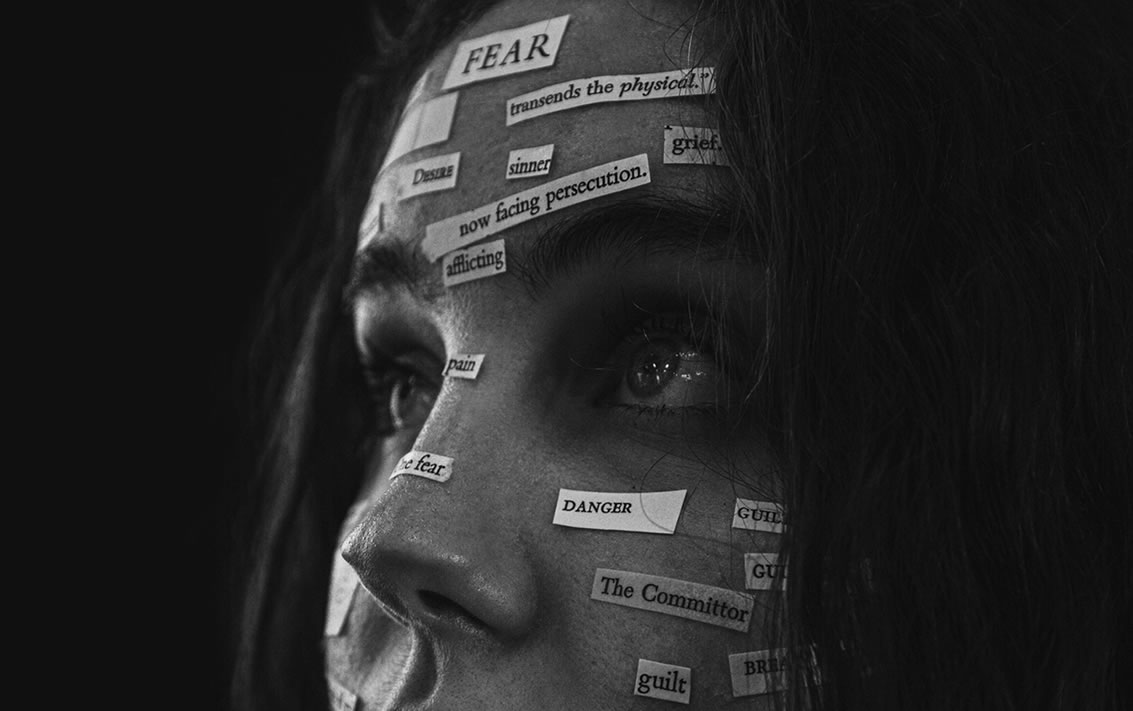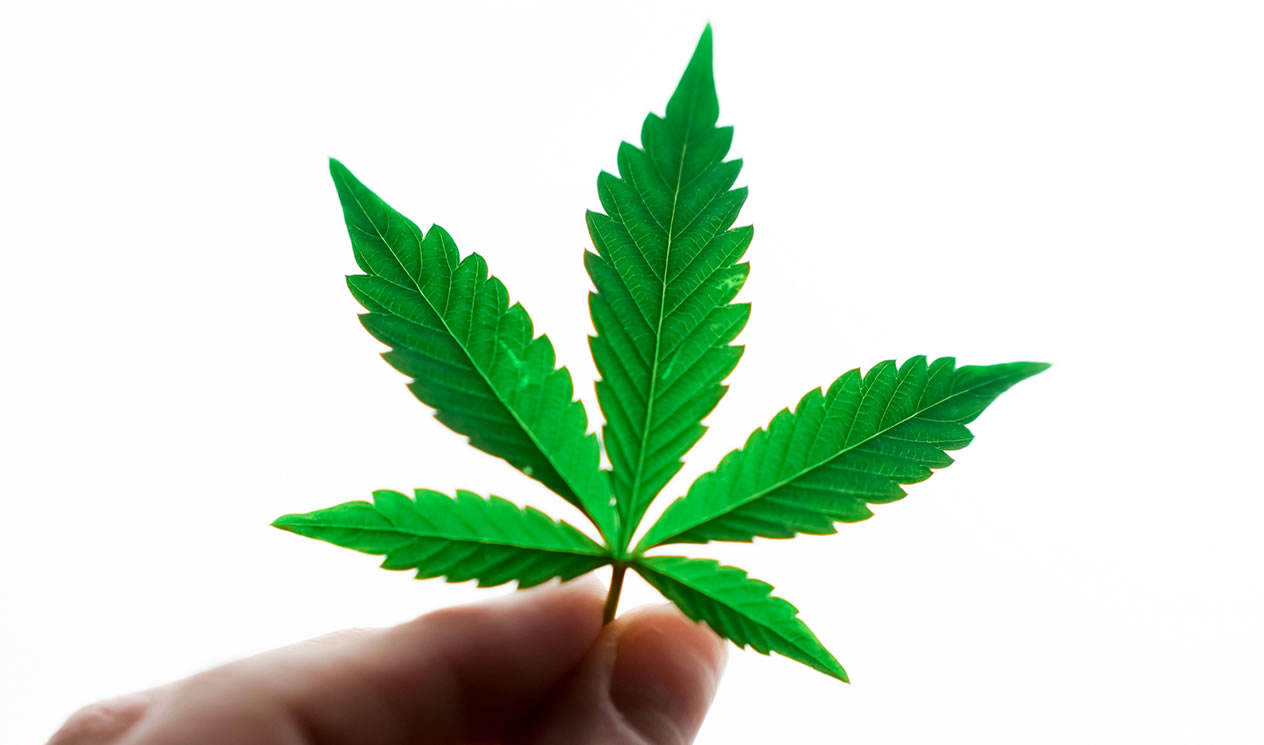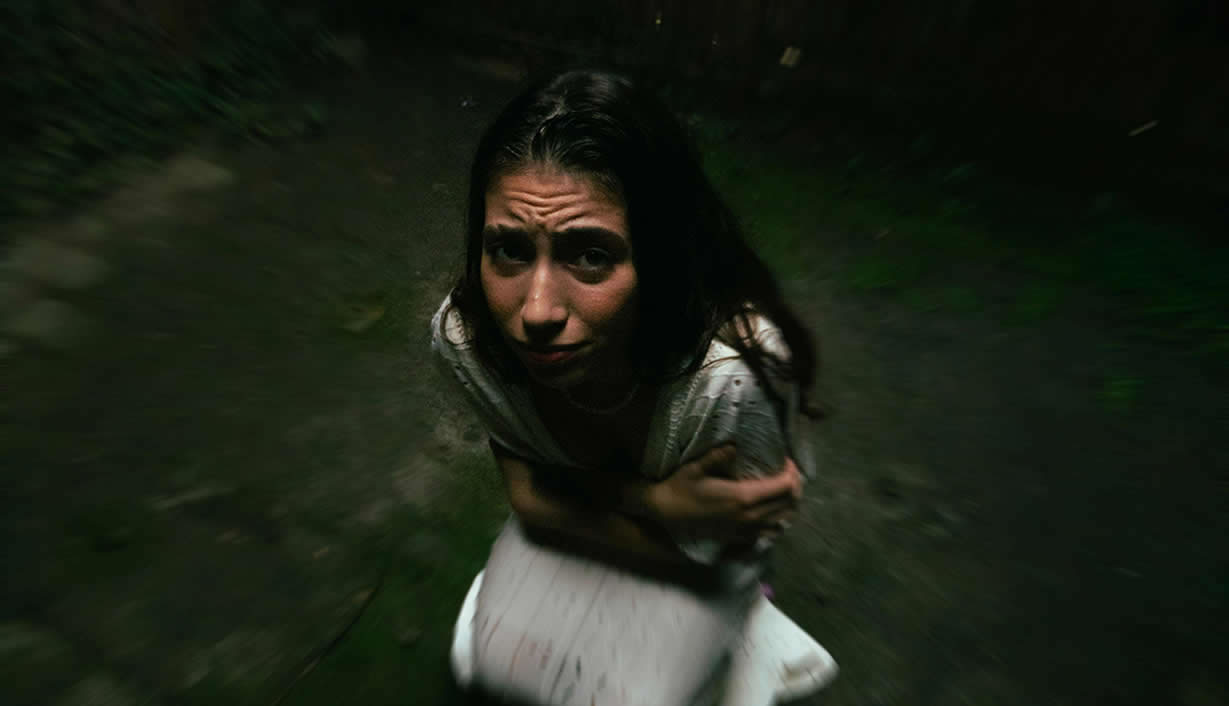Impulsive Borderline Personality Disorder (BPD) is one of the four subtypes of BPD, along with Discouraged BPD, Petulant BPD, and Self-Destructive BPD. Sufferers of Borderline Personality Disorder may suffer from multiple subtypes of BPD at the same time or shift from type to type over the course of their lives.
Those with Impulsive BPD may engage in risky and spontaneous behavior. Sufferers are often unable to control their impulsive desires and seek instant gratification wherever possible. Because of this, those with Impulsive BPD can be considered fun and adventurous by some and wild and reckless by others.
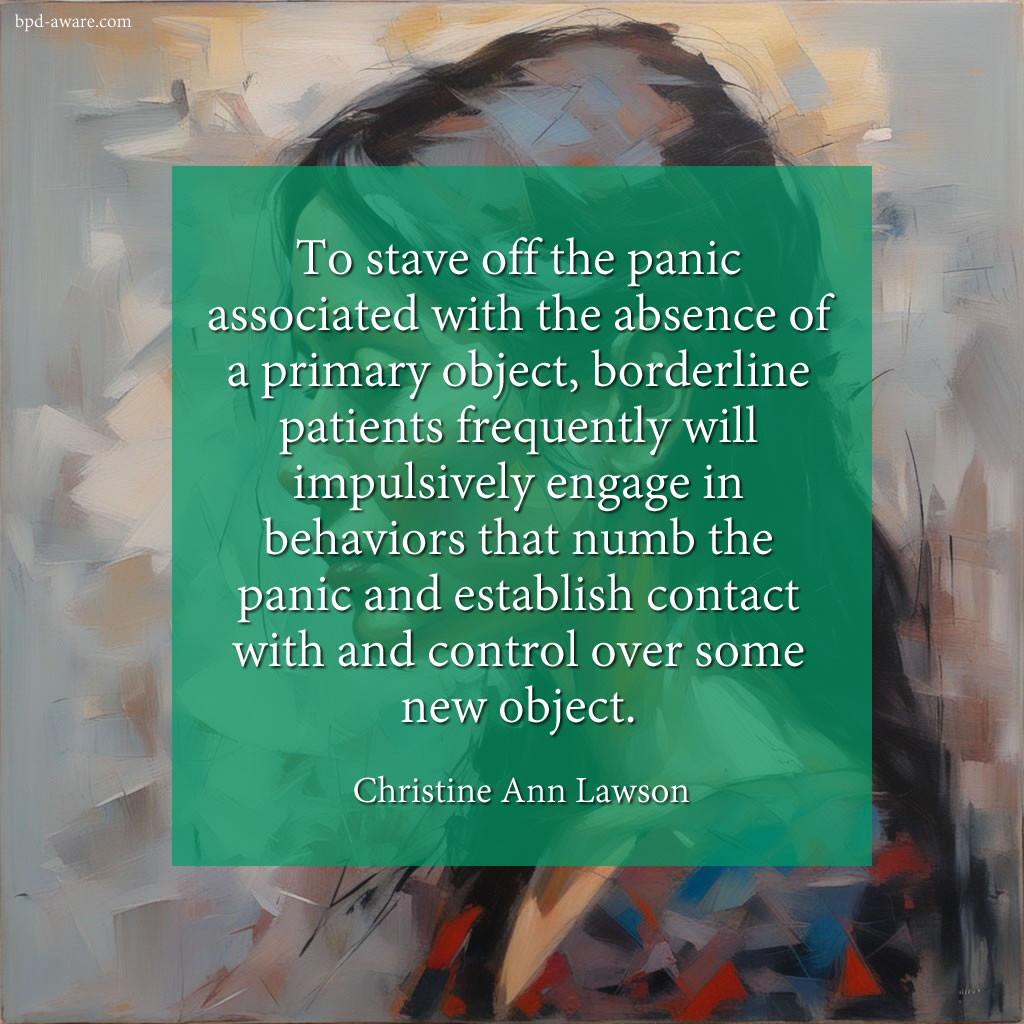
What are the Signs and Symptoms of Impulsive Borderline Personality Disorder?
- Engaging in dangerous behavior such as unsafe sex, drug and alcohol abuse, speeding, thrill-seeking, etc.
- Extremely reactive emotionally can be perceived as “overly dramatic.”
- Manipulates situations so that all eyes are on them. They love being the center of attention.
- Highly energetic and easily bored, others struggle to keep up with them.
- They are often perceived as charismatic and charming due to the exciting way they live their lives.
- Lack of stability. They will often quickly move through jobs, romantic relationships, and hobbies.
- Spending money quickly and freely without thinking about tomorrow.
- Binging on food, alcohol, pornography, etc.
- Thoughts and actions of self-harm or suicide that come on incredibly suddenly.
Impulsive BPD is sometimes misdiagnosed as Histrionic Personality Disorder (and vice versa) because of their similar symptoms.
Treating Impulsive BPD
Impulsive BPD is typically treated through a combination of medication and therapy. Medication can help to stabilize mood and treat anxiety and depression. Therapy validates the patient’s experience and teaches them essential skills that help to regulate their emotions and reduce impulsive actions.
Dialectical Behavior Therapy is the most common therapy used to treat BPD, with a success rate of 77%. There are other options available, such as Schema Therapy.
Treatment typically takes around a year, although it can take longer in some instances – especially if the patient has other issues they also need to work through.
Therapy aims to eventually allow the patient to live independently without the need for regular therapy sessions.
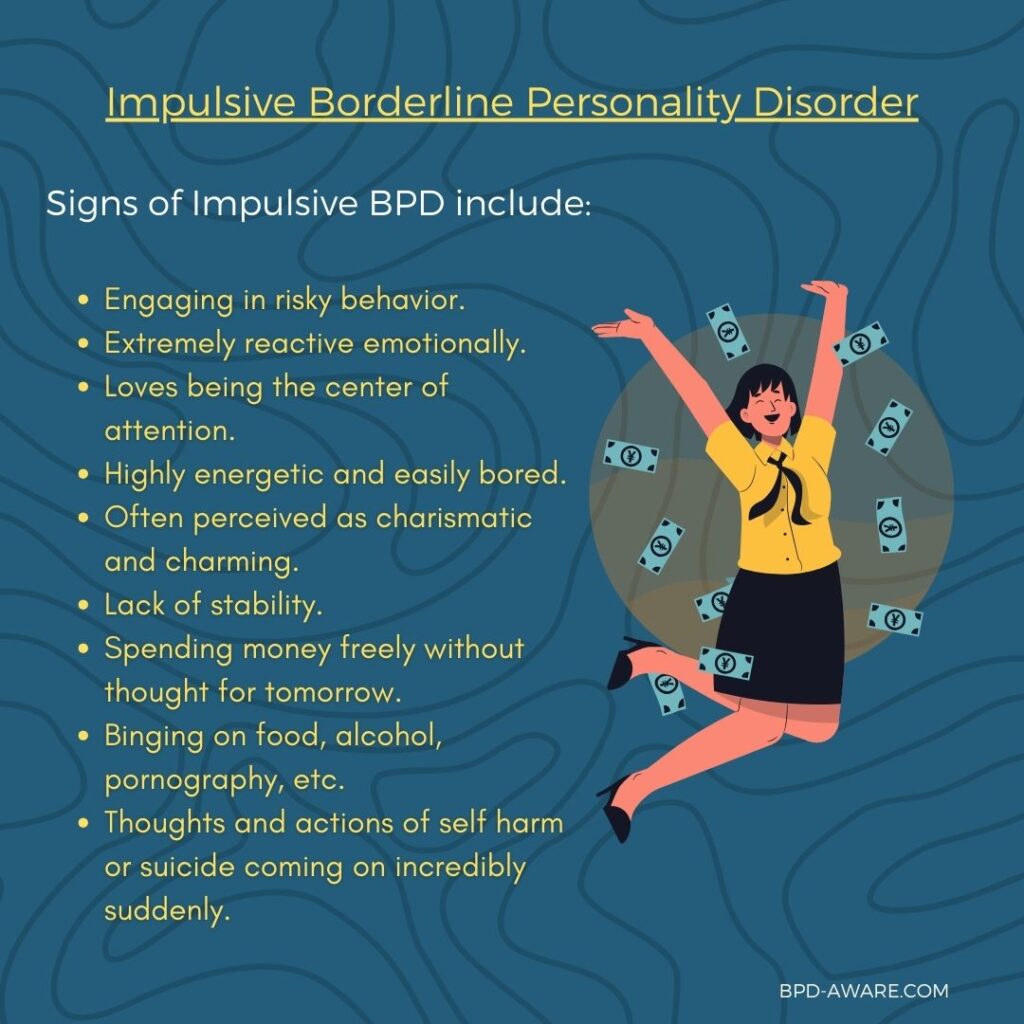
Personal Accounts of Living with Impulsive BPD
“Before I make any decision, I try to run it through a process. First, I’ll sleep on it and then think about it again. Next, I’ll consider the worst-case scenario and how it’ll affect me and my loved ones. If it’s a decision that requires money, I’ll check my account to see if I can realistically afford to make the choice, especially if it goes wrong. If it makes it through these checks and balances, I’ll ask my husband what he thinks. He’s pretty level-headed and rational. If he gives the okay, I know it’s likely a sound choice. It takes serious strength to fight my impulsive desires, but having a checklist helps.” – Stacy J.
“My weight fluctuates wildly, I suspect mainly because of my impulsive borderline personality disorder. I can keep to a healthy diet for a month or two, and then I’ll go completely off the rails and binge on all the foods I’ve been depriving myself of. All my good work gets undone in days, and I hate myself for it. Then the self-hatred makes me want to keep on destroying my body.” – Duncan R.
“I get impatient with myself a lot. I want to do everything all at once, which frustrates me when I can’t. I have all the energy in the world but not enough hands or time. I frequently wish I could split into several versions of myself to do everything I want. I feel like I’m not enough.” – Nicki P.
Sources, Resources, and Further Reading
- Managing Impulsivity In BPD: https://vantagepointrecovery.com/managing-impulsivity-in-bpd/
- Understanding The “Why” Behind Impulsive Borderline Personality Disorder: https://sagenestlermsw.medium.com/understanding-the-why-behind-impulsive-borderline-personality-disorder-5080e6ded739
- Impulsive Borderline Personality Disorder: https://socalempowered.com/impulsive-borderline-personality-disorder/
